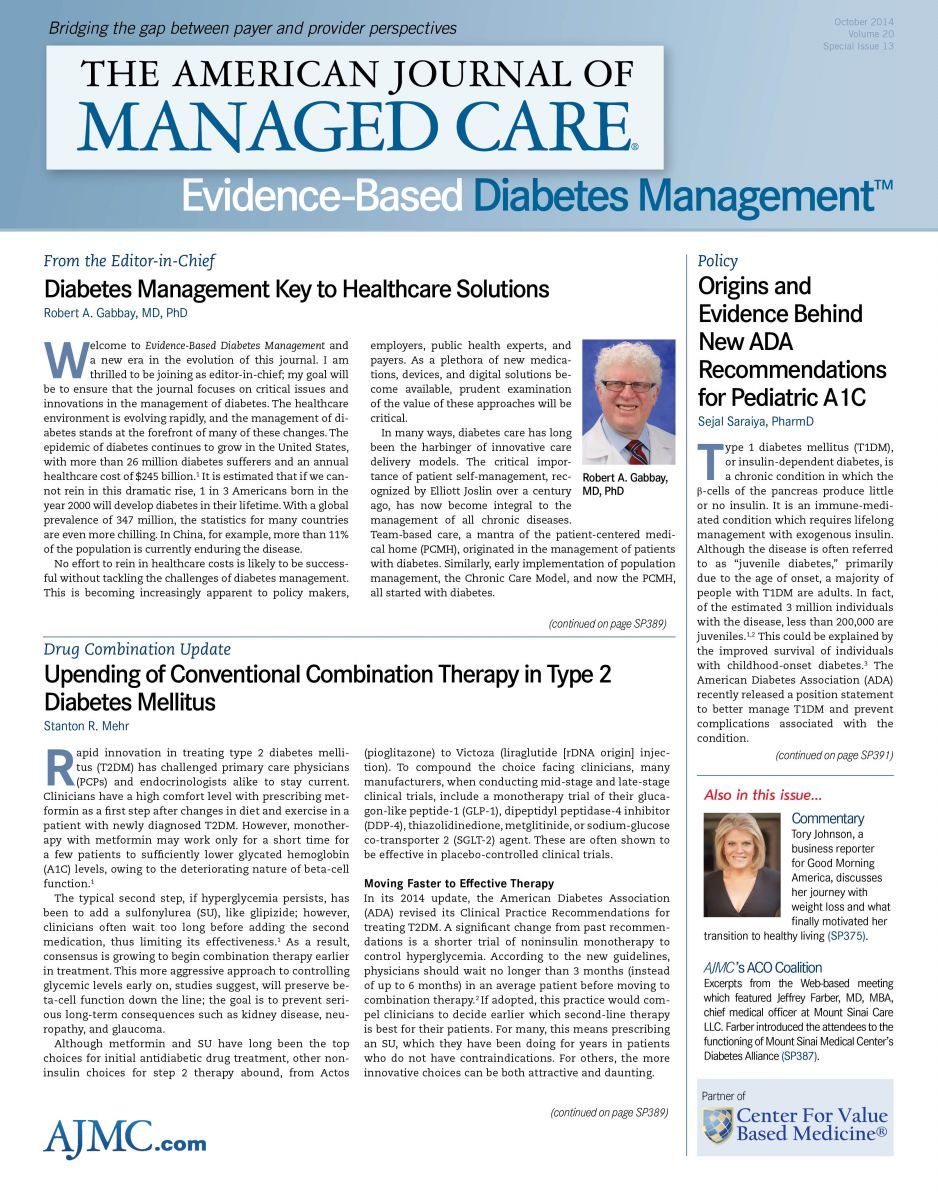- Center on Health Equity & Access
- Clinical
- Health Care Cost
- Health Care Delivery
- Insurance
- Policy
- Technology
- Value-Based Care
US Kids and Teens Eat Too Much Salt, CDC Finds
US school children and especially teens are eating too much salt, and they’re doing so with the staples of the American diet—things like pizza, bread, snacks, chicken nuggets, cheeseburgers, and Mexican food.
Children aged 6 to 18 years consumed 42% more sodium on average than needed, with teens consuming nearly 60 percent more than recommended levels, according to a 2009-2010 survey released September 9, 2014, by CDC.1 In raw numbers, schoolchildren consumed 3279 mg of sodium daily on average, with teens taking in 3672 mg a day. The daily recommended amount is 2300 mg.1
Higher sodium intake has consequences beyond poor health for US children and teenagers. A study published in August 2014 in The American Journal of Managed Care found that a child with hypertension cost the healthcare system an extra $1000 a year on average.2
While most of the sodium intake by kids took place off campus, school lunches were not off the hook—the CDC study found that among kids who ate a meal at school during a day of the survey, 26% of the sodium intake came from food consumed at school. That’s important, given the timeline of the survey, which occurred just prior to sweeping changes to the school lunch program following a 2010 law designed to make the meals healthier.
Leaders of the National School Boards Association and some members of Congress have pushed to roll back some of those changes, saying they have created wasted food and that school cafeterias are losing money.3 First Lady Michelle Obama, meanwhile, is pressing to keep the 2010 law intact.4
Release of the CDC sodium survey comes at a critical time: next week is the September meeting of the Dietary Guidelines Advisory Committee, which is wrapping up its work before it makes recommendations to the US secretaries of Health and Human Services and Agriculture for the document that will become national nutrition policy for 2015-2020.
Recommendations from the panel and subsequent changes to the 2010 Dietary Guidelines for Americans informed the law that is now under fire (see page SP383). The CDC report on school-age children also follows an uproar this spring over an Institute of Medicine report that said the evidence was inconsistent to support cutting sodium back beyond 2300 mg to 1500
mg, as recommended by the American Heart Association.5
Among the findings in the CDC study:
• Approximately 43% of sodium came from 10 types of food: pizza; yeast bread and rolls; cold cuts/cured meats; savory snacks, which include chip and pretzels; sandwiches like cheeseburgers; cheese; chicken patties, nuggets, and tenders; pasta mixed dishes (including spaghetti with meat sauce but excluding macaroni and cheese); Mexican-mixed dishes such as burritos and tacos; and soups.
• Although foods from grocery stores contribute the majority of sodium intake, foods from fast-food/pizza restaurants continue to contribute higher amounts of sodium per calorie.
Fast food and restaurant foods also contribute to higher proportions of total sodium among teens compared with younger children.1 References
1. Cogswell ME, Yuan K, Gunn JP, eta. Vital signs: sodium intake among US school-aged children, 2009-2010. MMWR 2014:63(36);789-797.
2. Gilner TP, O’Connor PJ, Sinaiko AR, et al. Impact of hypertension on healthcare costs among children. Am J Manag Care. 2014;20(8):622-628.
3. Gentzel T. Making school nutrition a political issue has distorted our cafeterias. Huffington Post. http://www.huffingtonpost.com/thomas-j-gentzel/making-school-nutritiona_b_5630823.html. Published July 29, 2014. Accessed September 9 2014.
4. Evich HB. Michelle Obama fights to defend school lunch changes. Politico. http://www.politico.com/story/2014/05/michelle-obamaschool-lunch-nutrition-changes-107121.html. Published May 14, 2014. Accessed September 9, 2014.
5. Hellmich N. Report questions reducing salt intake too dramatically. USA Today. http://www.usatoday.com/story/news/nation/2013/05/14/salt-diet-sodiumintake/2156143/. Published May 14, 2013. Accessed September 9, 2014.

Exploring Pharmaceutical Innovations, Trust, and Access With CVS Health's CMO
July 11th 2024On this episode of Managed Care Cast, we're talking with the chief medical officer of CVS Health about recent pharmaceutical innovations, patient-provider relationships, and strategies to reduce drug costs.
Listen
Integrated Care for Chronic Conditions: A Randomized Care Management Trial
December 3rd 2025The authors sought to understand the differential impact of payer-led community-based care management approaches on stakeholder-oriented outcomes for publicly insured adults with multiple chronic conditions.
Read More

